Several years ago, G&G Armament conducted a poll about what guns the airsoft community would want the company to make. They probably didn’t expect that so many Finnish airsofters would vote – or that they would vote so enthusiastically! But it seems that for as long as there has been airsoft in Finland, the Finnish airsoft community has dreamt of having airsoft versions of Finnish weapons.

No one expected that the voting effort would actually pay off: but sure enough, on the winners’ list was the Sako RK 95 TP, known as the GK99 in G&G parlance. Deadlines of the weapons release passed a couple of times, but G&G insisted that they were seriously going to bring the assault rifle to the market. The last cynics were finally convinced however once videos and pictures of the replica were published.
Let’s begin our review by getting familiar with the backstory…
The legacy
By the end of the 1950’s the Finnish Defence Forces (or FDF) realized that the days of Mosin-Nagant bolt-action rifles and KP-31 “Suomi” submachine guns were over. They had been impressed by the concept of the dual-role “assault rifle” introduced by the Germans during WWII, but had no means to copy or re-engineer the StG-44. They did take serious notice of the simple, rugged, AK assault rifle introduced in the early 1950’s across the Soviet bloc.
However, given Finland’s policy of neutrality, and recent history of conflicts with the Soviet Union, they couldn’t simply go ask for a sample of the Kalashnikov to study and learn from. So, the story goes that a single Kalashnikov was smuggled into Finland from Poland and was then carefully analyzed by engineers of Valmet, the Finnish state small arms manufacturer.
A prototype named the RK 60 (from the Finnish rynnäkkökivääri 60, ‘assault rifle 60’) was made – which was almost identical to the AK47, but with a few improvements. Among other changes, the RK replaced the wooden furniture of the AK with a polymer forearm and pistol grip, and the buttstock became a simple metal tube with a stamped sheet steel buttplate attached. The tube of the stock was covered in plastic in order to prevent a soldier’s face from freezing to the metal in extreme cold.
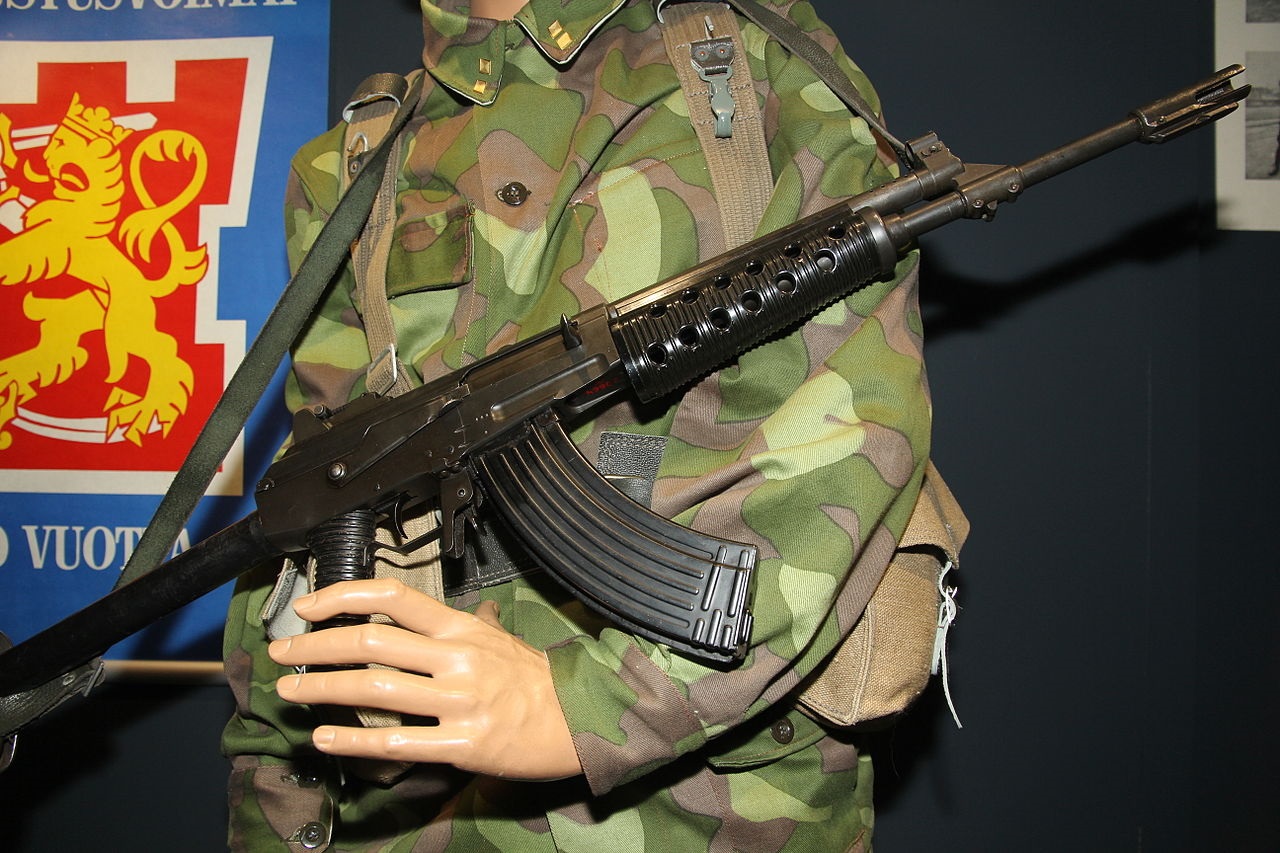
The FDF tested this prototype and after a few design tweaks, the RK 62 was adapted as the new service assault rifle. The Finnish RK 62 (designated M62 for the commercial market) is generally considered to be one of the best AK variants ever made. The robust milled receiver, combined with better manufacturing tolerances, higher quality, and improved sights made the weapon very durable, reliable and accurate – although a bit expensive to manufacture.

The RK 62 had it’s own variants, such as the RK 76 (known as the M76 commercially), which was equipped with a stamped metal receiver and a folding stock. Valmet also manufactured a series of prototypes in different calibers, featuring the 5,56×45 NATO, 7,62×51 NATO and .222 caliber versions. Valmet also introduced a light machine gun the based on the Soviet RPK, known as the RK 78 / M78. Valmet also produced versions with full profile wooden and plastic stocks and handguards, and even a bullpup version known as the M82 (whose biggest claim to fame was starring in “The Terminator” as a ‘phased plasma rifle in the 25-Watt range’).

Another famous assault rifle, the Israeli Galil, was basically a 5.56mm adaptation of the RK 62 design, combined with a few other changes to make it more suitable to the Israeli environment. In fact, Valmet delivered the blueprints, manufacturing equipment and even several RK 62 receivers to Israel for the very first Galils to be built. Changing the calibre to 5.56x45mm proved to be a wise move on the part of the Israeli’s and the Galil went on to enjoy much greater success on the international market than the RK 62 or any of its variants. The Galil series ended up being adopted by a wide range of countries – many of whom still use various models of the Galil to this day – as well as being licensed to South Africa where it was manufactured as the R4, R5, and R6 series of small arms.
Valmet went out of business in 1989 and at that point the blueprints of the RK were handed over to Sako. Sako made one last RK design for the FDF, the RK 95 TP (TP stands for taittoperä, or folding stock). The RK 95 differs in some key ways from the RK 62. The main difference is its skeleton-type folding stock. It also features a re-shaped pistol grip, foregrip and gas regulator. The new gas regulator allows the use of rifle grenades.

The RK 95 was even more expensive to manufacture than the RK 62, and was apparently never really designed for the regular conscripts and reservists – most of whom are still issued the RK 62.
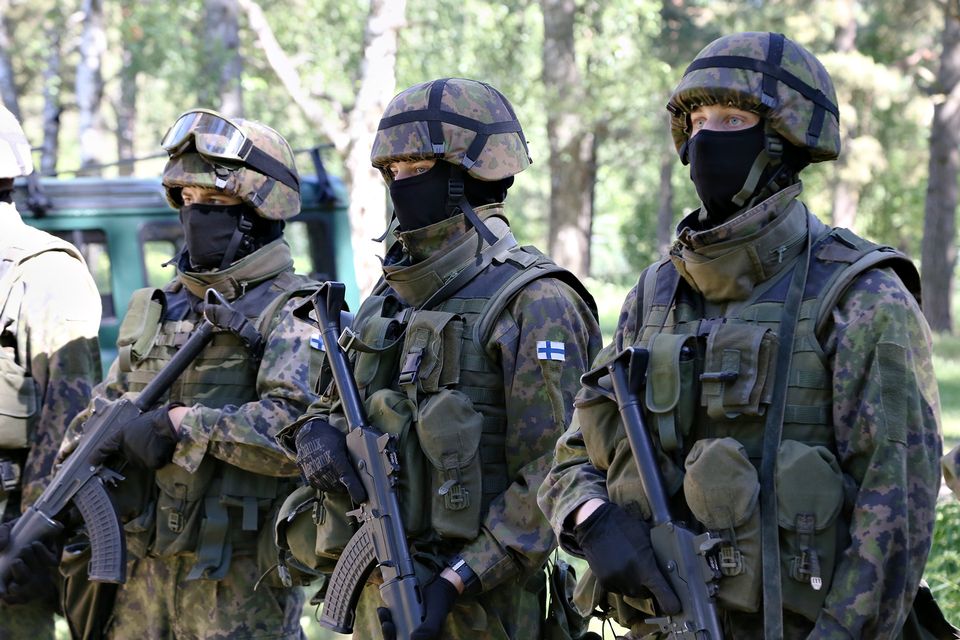
Airsoft impressions
At first the GK99 (a fake name due to licence reasons) looks just like the real thing. It feels and looks damn good and the trademark of G&G, good quality, is clearly present. Unless you’ve handled the real RK 95, you wouldn’t necessarily find any differences between the airsoft version and the real thing. But when you take a closer look, there are some differences that stand out.
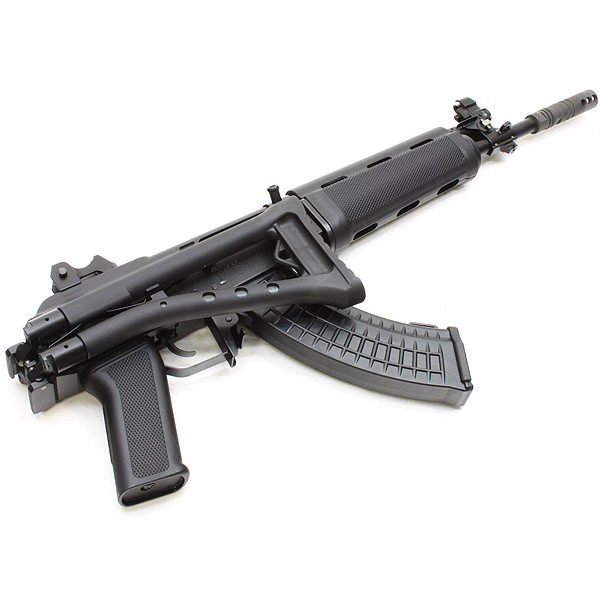
The holes in the gas tube are in the wrong place, the trigger is the wrong shape, the fire selector is also a bit off, and the full-auto position is too high. A common mistake among the AK family of airsoft guns. Although the fire selector is shaped wrong, it’s actually easier to use than in the real gun. The folding stock is also pointing a bit too much upwards. This position might be more suitable in airsoft than in the real steel world.

The biggest difference is in the coating of the gun. While the original Sakos are dark grey, the GK99 is completely black. Only the flash hider is the right shade and it’s also the most realistic part in the entire gun. The gas regulator’s axel, pin and the gas block retaining pins are glossy metal, when they also should be dark grey. The texture of the gun also sets the original and the airsoft version apart. But although the finish isn’t exactly the same as real-steel, it still looks really good.
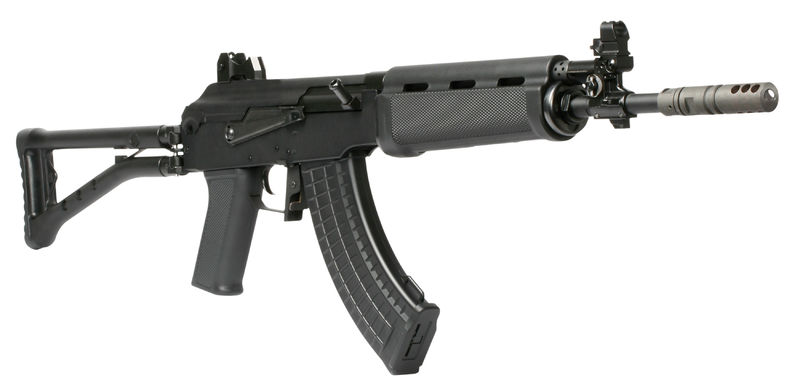
The airsoft version also has the usual faults. The AEG motor requires a bit more space, which results in a widened pistol grip, the receiver is also a little bit longer, since the gun uses a version 3 mechbox. The plastic used for the magazine also feels a bit different, and the AEG is also a fair bit lighter than the original; one full kilogram lighter to be exact. Yours truly would like to note, that this is how much the original should really weigh.
Although we can nitpick about these multiple differences, one must see that G&G have really done a great job with this AEG. The GK99 is an especially noteworthy achievement, since G&G couldn’t get their hands on a real gun. All they had were some pictures and a 3D model provided by the Finnish airsoft magazine, Softaaja.
Setting the sights
There isn’t much room for adjusting the sights of this gun: the rear sight moves a bit from side to side and the front sight post moves up and down. The rear sight has two settings, of which both have the same size holes. Some have wondered if this is a design fault, but in fact it’s true to the original RK 95 – the holes are supposed to be identical. In the real-steel version, one sight is set for 150 meters and the other for 300 meters.
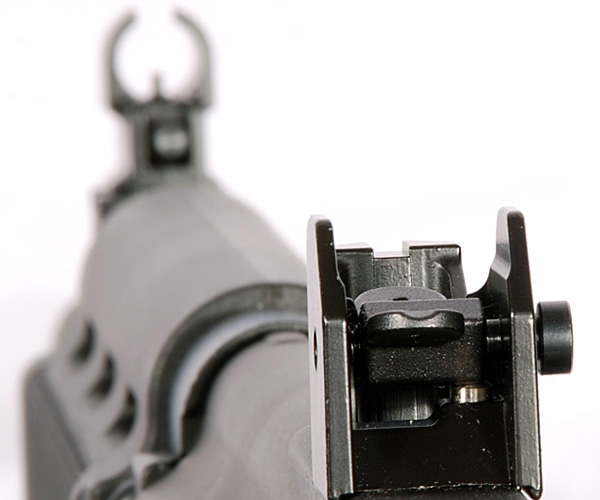
In my opinion, the diopter sights are way too small for airsoft use, since you’re usually in fast situations having to aim fast. So, G&G also included a simple notch, which acts like an open-style sight when the rear sight is folded halfway between the 150 meter and 300 meter settings. This setting is clearly the best one for airsoft use.
The gun also features night sights, but the front bead doesn’t include tritium in it, so it doesn’t glow in the dark. Radiation, no matter how little, would make the gun unexportable to many countries. If one would want a set of night sights, you would have to get a pair of ampoules yourself. The night sight was very tight to lift up in the test weapon, though eventually we were able to get it up.
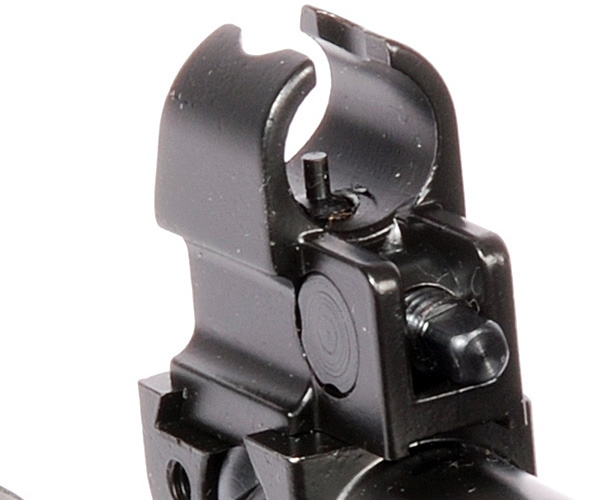
One more note about sights. You’ll notice that neither the real-steel RK 95 nor the airsoft GK99 have rails for mounting sights and lights. The receiver does feature holes and grooves for mounting a sight rail onto the side of the receiver, and although G&G announced at the launch that they would produce a rail mount for the GK99 none has ever materialized.
In the meantime, Vector Optics have offered a RIS Rail fore-end system that fits both the real-steel RK 95 and the airsoft GK99, as well as Galils. If you can find one of these, then it’s really the only option you have for mounting lights, sights, fore-grips, and/or other accessories to your GK99
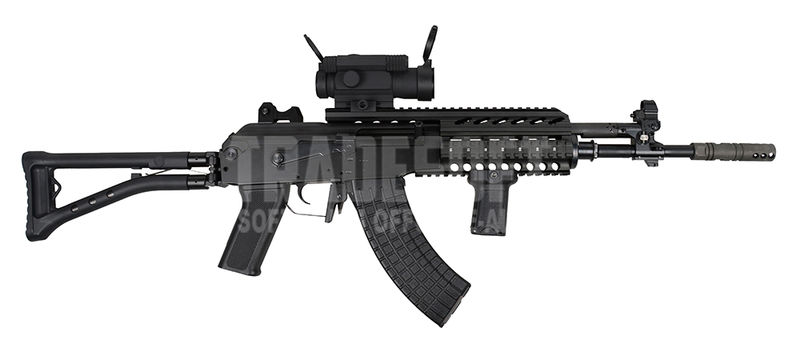
Levers and switches
There’s nothing special about the controls of the GK99, though there are some differences between its Russian relatives. As in the AK, the fully automatic fire mode is in the middle and the semi-automatic is at the bottom.
The folding stock opens when you push the two tubes together near the hinge. The locking is firm enough to stay closed, although the leaf spring isn’t as stiff as in the original. When folded, the stock stays in place just by friction. If needed, the stock can be opened just by swinging the gun, yet it doesn’t open if you don’t want it to.
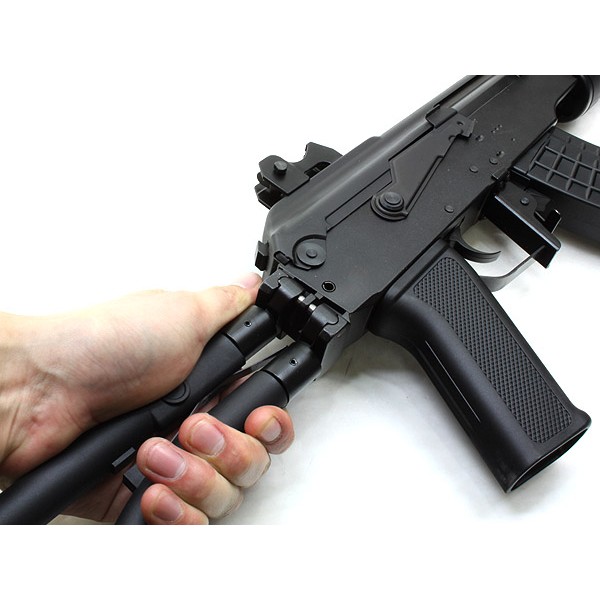
There are two levers in the gun, which are true to the original RK 95, but serve no purpose in the airsoft version. The first one is a lever that controls the gas flow for launching rifle grenades, and the other one locks the receiver cover in place. The gas flow lever was very loose on our gun as well – making it doubly pointless.
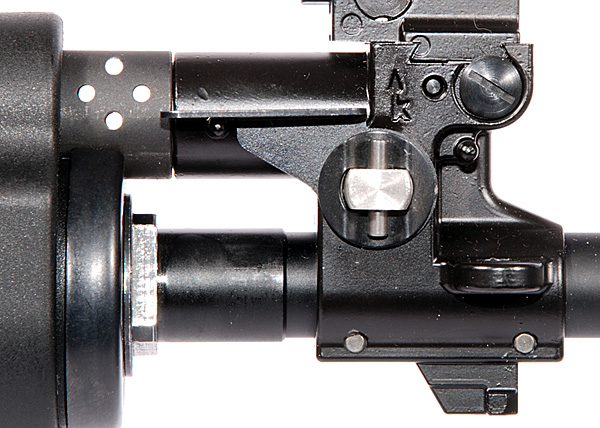
The receiver cover lock is also like a scarecrow in the wind. It can be jammed and locked firmly in place with reasonable force, but in the end, what would you need it for in a gun that has no recoil? In fact, the receiver cover is shut so tightly that it needs a lot of force, and caution, in order to be opened. Some have already broken the grooves for the locking button on the mechbox. Of course there is no need to open the cover in normal use, as the battery goes in under the front handguard.
Installing the battery
And speaking of the battery, G&G makes a special Li-Po battery especially made to fit into the tight space available under the front handguards. The battery consists of three thin slabs wired together at one end that must be squeezed in around the barrel and up into the cut-away section of the fake gas tube.

To say it is fiddly would be an understatement, but once you’ve got it worked out it gets easier to do. Adding to the fun is the fact that you have to unscrew the front handguard retaining nut and shift the metal handguard retaining clip forward to remove one side of the handguards. Once the battery is in, you need to hold it in place while putting the handguard back on, holding both of them together, slipping the handguard clip back on at the front, and then retightening the retaining nut with the special tool that’s provided for just that purpose.
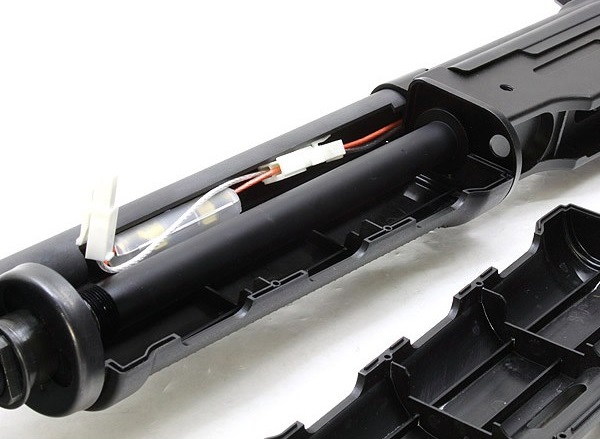
You will definitely want to practice this a few times at home before attempting it under time pressure in the safe zone!
Lock and Load
I’ve always liked the AK’s magazine catch, because in a tight spot you can flick the empty magazine off with a full one. Unfortunately you can’t do this with the RK 95, since there is a guard in front of it, apparently to stop the magazine from getting knocked out accidentally. Also, the magazine catch has been extended to the right side, which is clearly the wrong side if you’re right handed and performing a magazine change with your right hand gripping the pistol grip and your left hand doing the changing.
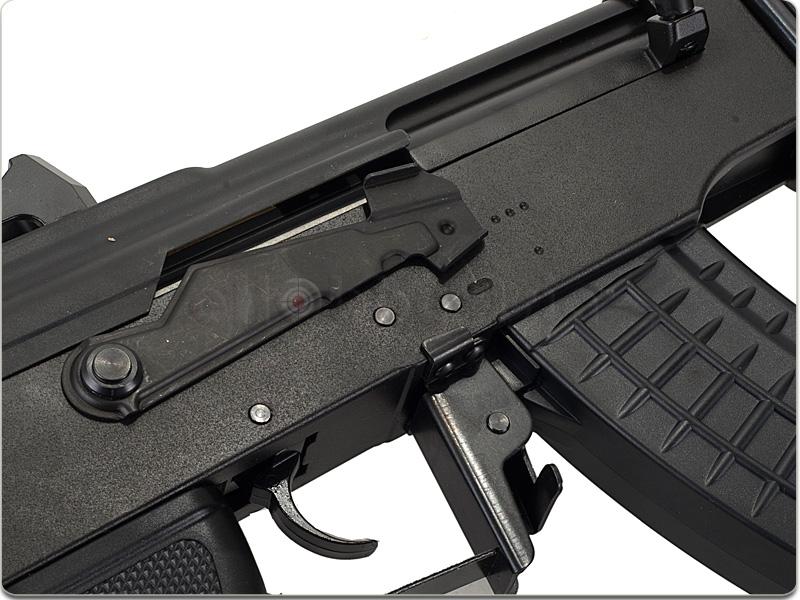
This system was obviously designed back in the days when conscripts were taught to use their firing hand to swap magazines and recharge their rifle. While this approach was probably considered safer and better for avoiding accidental discharges, it runs completely against modern tactical training and practical shooting manuals of arms that teach the gunfighter to always keep their firing hand on the controls. Even in airsoft skirmishing this set-up will certainly slow down your mag change procedures.
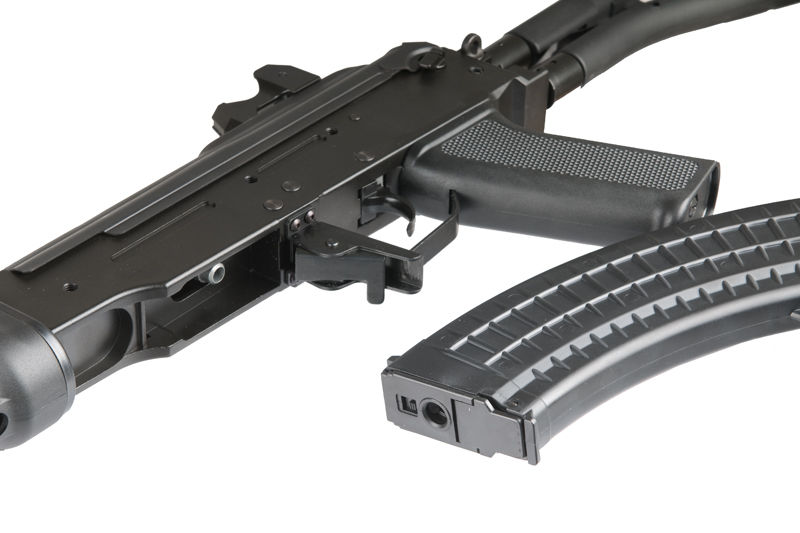
In terms of magazine insertion, the GK99 is exactly like every other AK-based rifle or LMG, and because the RK 95 uses the same 7.62x39mm ammunition as the AK and AKM, the magazine design is identical. To load the RK / GK you first slot the projecting tab at the top leading edge of the magazine up and into the slot located at the top front of the wagwell, and then – while keeping pressure on that part of the magazine – rock the rear of the magazine upwards until the tab at the back clicks into locked position over the top of the spring-loaded magazine release catch. If you don’t get both of those tabs engaged in their appropriate slots your magazine will not be secure, and you’ll also fail to get any BBs into the chamber and down the barrel.
In terms of magazines, the GK99 comes with a single, plastic 600-round hi-cap magazine that accurately replicates the look of the real-deal Finnish polymer magazines issued for the RK 62 and RK 95 rifles. G&G does not make a lo- or mid-cap version of the GK99 magazine, but if you want to use mid-caps that look the part, we understand that the MAG Waffle Mid-Cap AK47 Magazine works perfectly fine with the GK99. Other, similar looking, magazines can vary slightly in their external dimensions and fail to fit or feed correctly in the GK99.
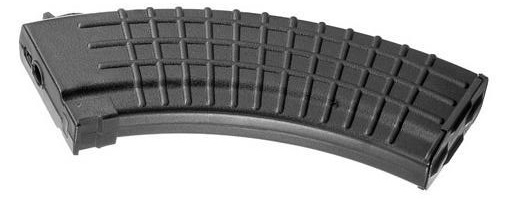
Putting rounds downrange
So, assuming that you’ve got your battery charged up, you managed to get it fitted into the handguard and got the handguards reinstalled, you’ve loaded up a magazine and locked it into the magwell, you’re now ready to flick the happy switch and blast some Finnish metal!

No, not THAT kind of Finnish metal, THIS kind…
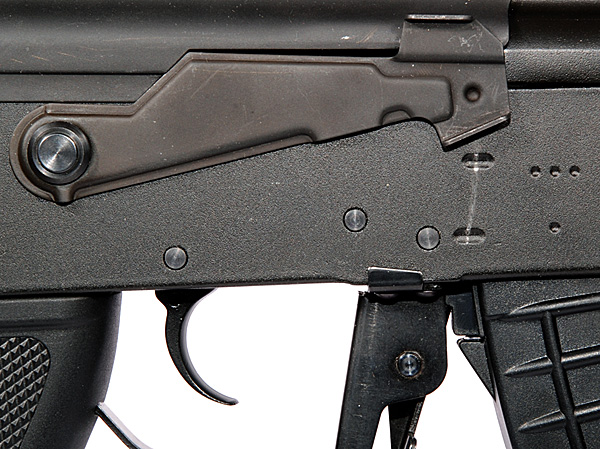
Slide the happy switch down one notch and you’re in full-auto mode, take aim at your target, and squeeze off a good burst. Observe the trajectory and point of impact of your BBs. Loose off another burst to double-check, and then decide if you need to adjust your hop-up.
The hop-up on the GK99 is of the sliding type and is accessed by pulling the charging handle to the rear and exposing the hop adjustment slider at the breach end of the barrel.
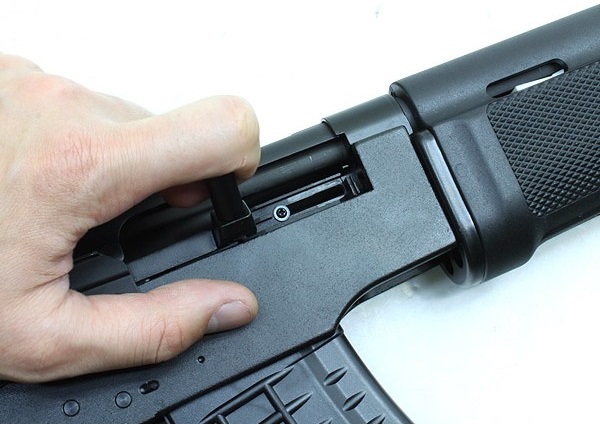
You might need to loosen the screw slightly, but only do it a little bit – you still want to have some tension to keep it from sliding too freely, and you also really don’t want to lose that screw! Once you have the hop-up adjusted the way you want it, tighten the screw back down so that it doesn’t slip out of position and need re-adjusting.
This AEG is really quite pleasant to shoot, the power is good (in the range of 390-410 fps out of the box with .20 BBs), and the longer barrel gives it both good accuracy and good range. The rate of fire is also good for skirmishing – it’s not so high that you’ll empty your magazine quickly, but its fast enough that you’ll be able to easily and consistently be able to put 5-10 round burst onto your target with just a little practice. The quality of G&G’s gearboxes shines through too – it runs smoothly and reliably.
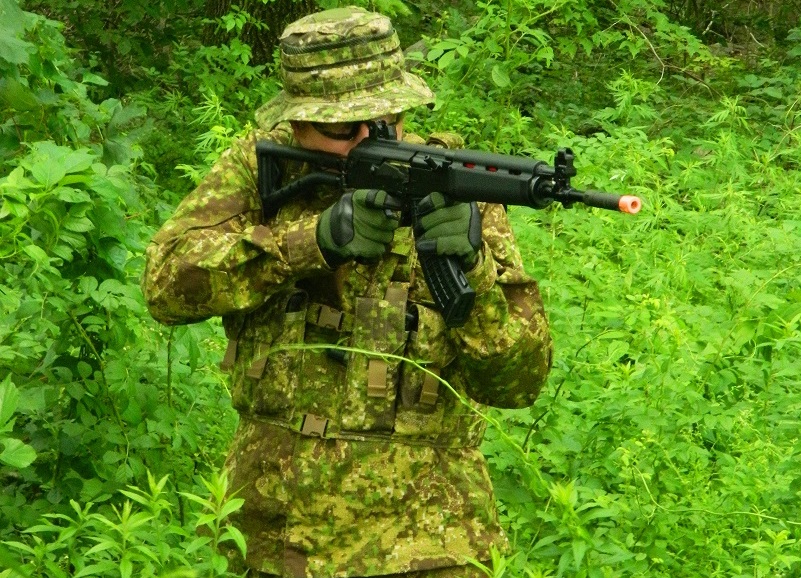
Final thoughts
It’s a shame that G&G have never released the rail system for the GK99 that they promised. It’s also a shame that they don’t offer a mid-cap magazine option, but as long as the MAG Mid-Cap Waffle Magazines continue to be available then that’s certainly a good alternative.
Meanwhile in the real-steel world, it seems that the fate of the RK 95 has been well and truly sealed as far as the FDF is concerned – in the sense that they are not going to purchase any more of them. In fact, within the past couple of years, the Finnish Special Forces have begun to use the FN SCAR in 5.56mm NATO, and the regular forces have had their old 7.62x39mm RK 62s refurbished and upgraded as the RK 62M. Interestingly, although the RK 62M features numerous upgrades and modernizations, they still haven’t fixed the magazine release catch extension issue – it’s still on the wrong side of the rifle.
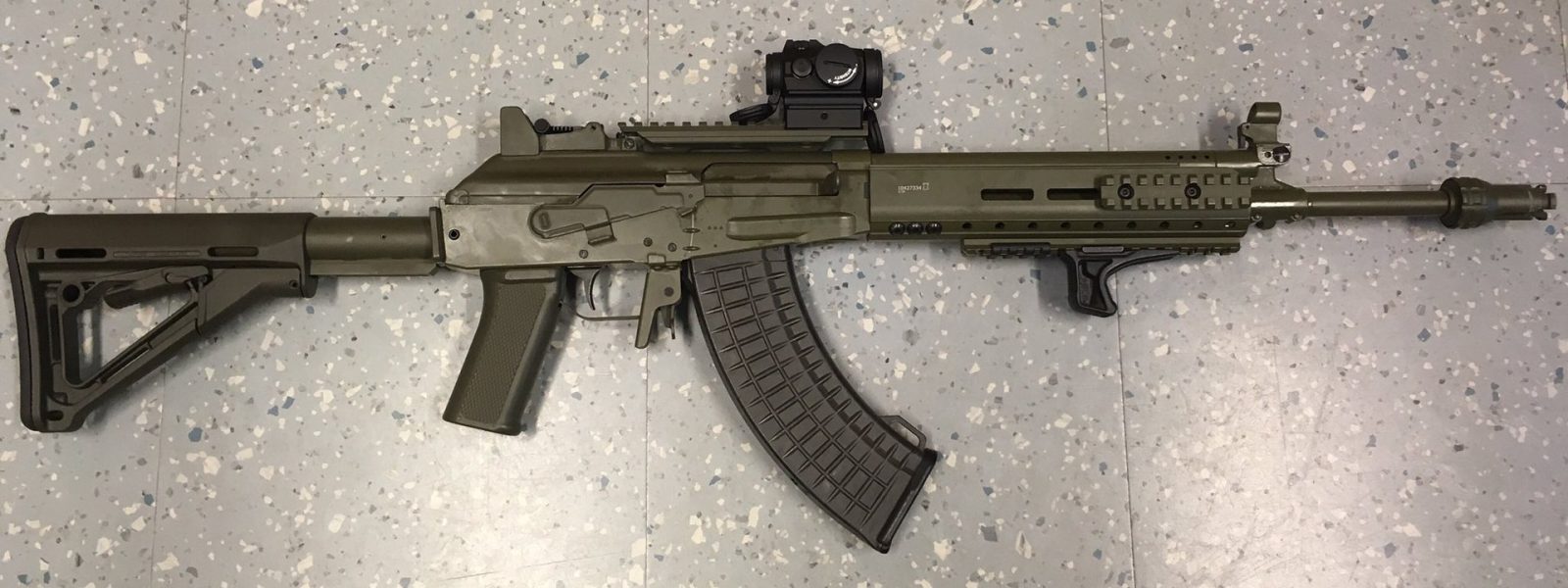
And for what it’s worth, I really wish that an airsoft manufacturer would make a replica of this RK 62M3 model, as well as the Valmet M76/FS and M78 in 5.56mm style. With all the Galil and AK replicas that are already out there it wouldn’t take much work – certainly less than what it took G&G to produce the GK99.